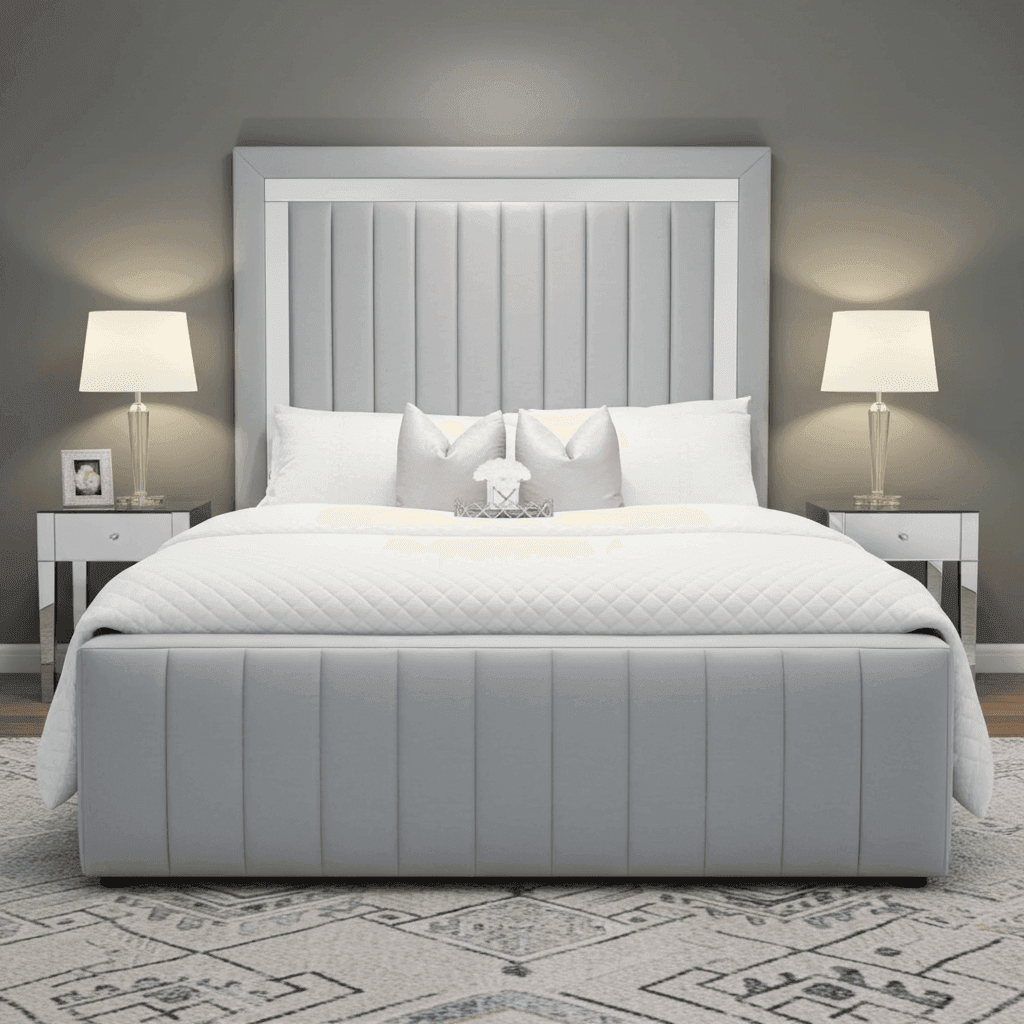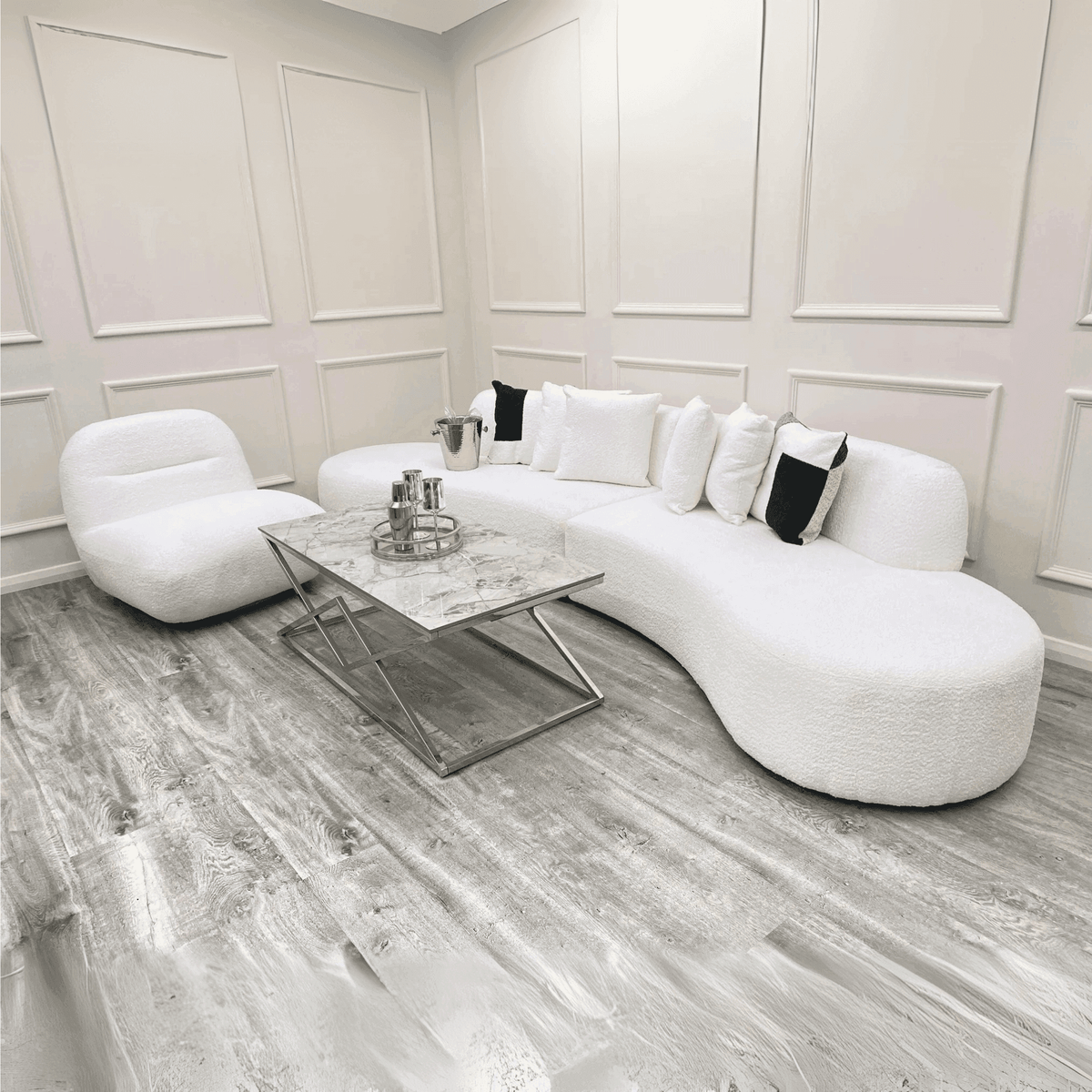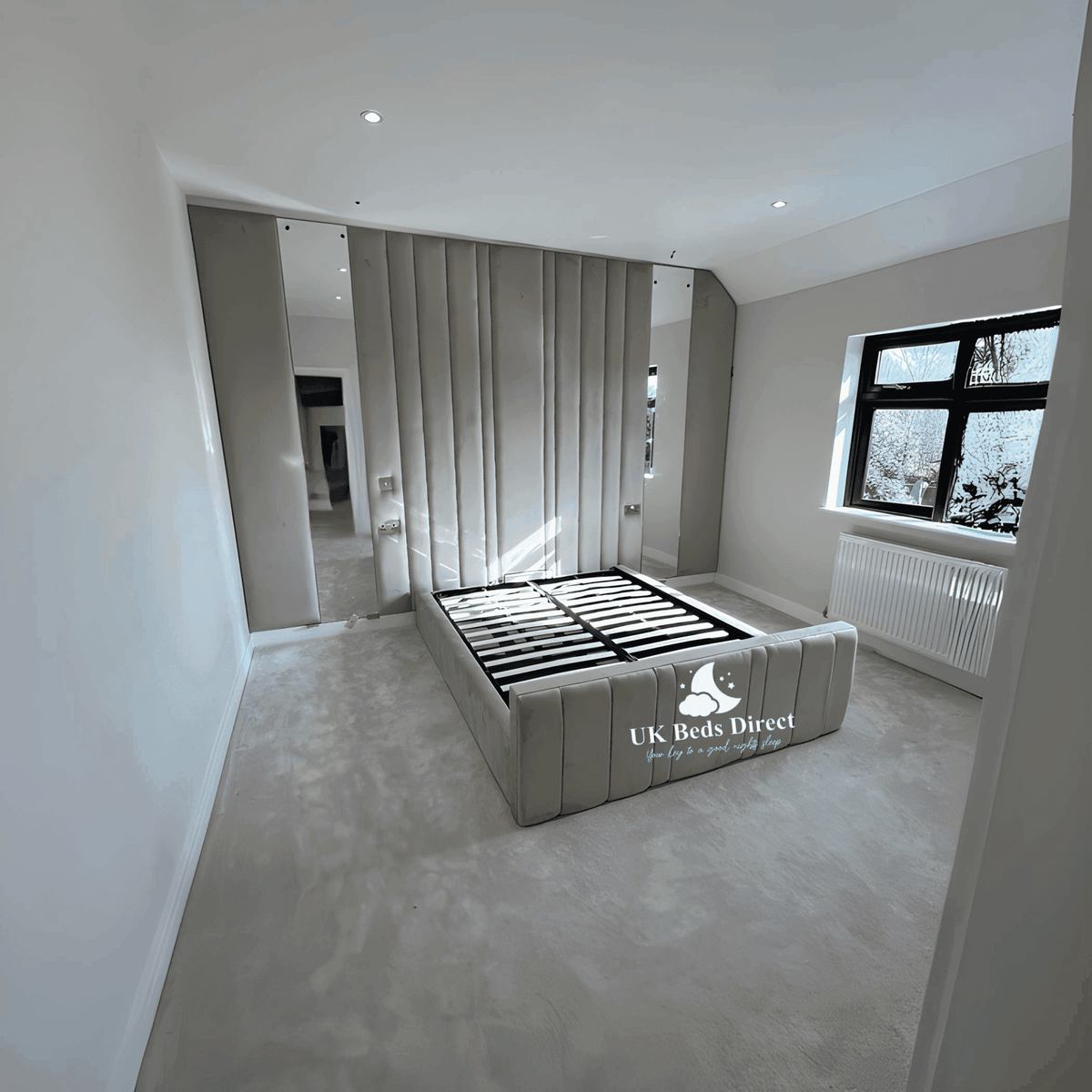Montessori Toddler Floor Bed: Benefits and Drawbacks in the UK
A Montessori floor bed is a low-to-the-ground bed that allows children to get in and out of it independently. It is often made of wood and has a firm mattress. The Montessori method of education, developed by Dr. Maria Montessori, emphasizes independence and self-regulation in children. A Montessori-floor bed is seen as a way to promote these qualities in children by giving them more control over their sleep environment.
Pros and cons of using a Montessori floor bed:
A Montessori-Floor-bed is a low-to-the-ground bed that allows children to get in and out of it independently. It is often made of wood and has a firm mattress.
Detailed and accurate product specifications make a huge difference—they help customers feel confident about buying from you. Add some high-quality images, and boom! Trust goes up, traffic rolls in. At 360 eMarket, we know how to make your furniture website stand out with expert Local and E-Commerce SEO Services, driving more leads and turning clicks into customers.
Pros of using a Montessori floor bed:
- It promotes independence and self-regulation. Children can get in and out of bed when they want, which can help them learn to fall asleep and wake up on their own.
- It can help reduce anxiety. Some children feel trapped in a crib, but a toddler floorboard gives them more space to move around.
- It can help prevent injuries. Children are less likely to fall out of a floorboard than a crib.
- It can make the bedroom more child-friendly. A floor bed can be placed in the middle of the room, giving children more space to play and explore.

Cons of using a Montessori Toddler floor bed:
- It can be more challenging for parents. Parents may have to get up more often to check on their children and must carefully baby-proof the room.
- It may not be suitable for all children. Some children may be afraid of sleeping on the floor or unable to get in and out of bed independently.
Overall, there are both pros and cons to using a Montessori-floor bed. The best way to decide if it suits your child is to consider their needs and preferences.
Here are some additional things to consider when deciding whether or not to use a Montessori-Floor-bed:
- The age of your child. Toddler Floor beds are generally considered safe for children who are old enough to roll over and crawl.
- Your child's personality. Some children are more independent than others, and they may be more comfortable sleeping on a floorboard.
- Your preferences. If you are uncomfortable with your child sleeping on the floor, there may be better choices than a Montessori-Floor-bed.
When Can a Baby Sleep on a Floor bed or High Headboard Bed?
- The timing of when it's safe for your baby to start sleeping on a toddler floor bed is not a one-size-fits-all situation. While some parents begin the transition as early as six months, the American Academy of Pediatrics (AAP) recommends waiting until your baby is at least one year old before moving to a bed.
- If you’re starting this transition, it’s essential to use safe methods to help your baby adjust from being constantly held to napping or sleeping independently. For parents considering a High Headboard Bed for their toddler's room, these beds offer a stylish and cozy option while keeping the focus on creating a safe sleep environment for your little one.
- Remember, every child and family dynamic is unique. There's no universal timeline for when to move your baby out of your room or your embrace—go with what feels right for your family. Creating a safe and comfortable space is the ultimate goal, whether on a toddler floorboard or a High Headboard Bed.
Clear and detailed product information helps customers feel good about buying from you. Throw in some great images, and trust me—trust and traffic will follow! At 360 eMarket, we help furniture websites stand out with Local and E-Commerce SEO Services that bring in more leads and turn visitors into happy customers.
How to Make a Montessori Floor Bed?
- Contrary to what many believe, creating Montessori-style floor beds doesn't require a hefty budget.
- Instead of immediately purchasing one, explore your home to find a mattress that can be repurposed as a toddler floorboard for your child.
- You can even begin by using your child's crib mattress and setting it up on the floor.
- However, it's essential to consider a few factors before repurposing existing materials for the floorboard.
Mattress options:
Setting up a Montessori-style floor bed can begin with just a mattress, and here are some mattress options to consider if you don't have one already:

- Happy Mattress: An affordable latex mattress is known for comfort and support and is suitable for all ages.
- Newton Baby Crib Mattress and Toddler Bed: Washable and designed for safety, though it comes at a higher cost.
- Plush Beds Latex Mattress:
- It is a durable option lasting beyond toddler years, preferred for its support and eco-friendliness.
Setting up a Montessori-style Toddler floor bed:
- While starting with just a mattress on the floor is possible, it's not recommended in the long run due to the risk of mildew or mould growth underneath. Consider using rails or opting for a dedicated Montessori floor bed.
- When deciding on a Montessori floor bed, the need for railings depends on factors such as your baby's age and abilities. Babies over six months who can sit unsupported may not require bars, but they are available for those who prefer them.
- Several Montessori-style floorboard options are available for a long-term investment, such as the Montessori Bed (the original) and the Montessori Bed (house style), both made from natural wood with eco-friendly paints.
When choosing a floorboard, remember these key points:
- Ensure a low rise on the side where you sleep if the bed is in your room.
- If using railings, ensure the gap between planks is narrower than your baby's shoulder width to prevent accidents.
- Keep the bed free from suffocation hazards like toys or pillows.
- Place the floorboard away from sharp objects, cords, and wires that could pose dangers.
- Consider accessibility for your baby's easy reach when you're nearby.
- Ensure other room furniture is safe and stable, preventing accidents.
- Use a rug or soft floor mat around the mattress for added safety in case of rolling out.
Pros and cons of a Montessori floor-bed:
Pros:
- It encourages independence and decision-making skills in children.
- It allows for peaceful mornings as children can get out of bed without assistance.
- It saves money compared to traditional cribs.
- It promotes self-soothing and independent sleep habits.
Cons:
- It requires extensive babyproofing of the room for safety.
- It needs proper room ventilation due to the lower bed height.
- It may have increased exposure to allergens due to proximity to the floor.
- Please note that these considerations are for setting up a Montessori-style floor bed for your baby.
Adapting Montessori Toddler Floor Beds to Traditional Bed Styles

Montessori floorboards can be adapted or matched with traditional beds, including ambassador, panel, wingback, luxury, and wall panel beds. Here's how they can be suitable in points:
Ambassador Beds:
- Montessori floor beds offer a unique contrast to ambassador beds' elevated and often ornate design.
- They can be placed adjacent to or near ambassador beds, providing practical sleeping space for children while maintaining the grandeur of the ambassador bed in the room.
- This combination allows for functional sleeping arrangements for children and an elegant aesthetic in the bedroom.
Panel Beds:
- Panel beds typically have a decorative headboard and footboard.
- Montessori floor beds can complement panel beds by serving as a space for daytime activities, play, or a child's transition from a crib.
- They offer flexibility in room design, allowing for a mix of traditional and Montessori-inspired elements in the same space.
Quality product details make a big difference—they help customers understand what they’re buying and feel confident about it. Add clear, high-quality images, and it’s even better! This builds trust and brings more people to your site. At 360 eMarket, we use smart Local and E-Commerce SEO Services to help furniture websites get noticed, attract more visitors, and turn them into loyal customers.
Wingback Beds:
- Wingback beds feature upholstered side panels that extend upwards, creating a cosy and enclosed sleeping space.
- Montessori floor beds and wingback beds can be integrated into the bedroom design, offering a contrasting sleeping arrangement.
- This combination allows children to transition to a more open sleep environment when ready.
Luxury Beds:
- Luxury beds often feature premium materials, intricate designs, and opulent details.
- Montessori Floorboards can be placed within a room featuring luxury beds, offering a comfortable and child-friendly sleeping space.
- They ensure that the room maintains its lavish appearance while accommodating the needs of young children.
Wall Panel Beds:
- Wall panel beds are known for their space-saving design, as they can be folded against the wall when not used.
- Montessori-floor beds can work in harmony with wall panel beds by providing children with a dedicated play and sleep area.
- This combination optimizes space utilization in smaller bedrooms.
Summary
In summary, floorboards can complement and coexist with various styles of traditional beds, allowing for a flexible and functional approach to room design. They provide a safe and accessible sleeping option for children while maintaining the aesthetic appeal of different beds in the same space.





0 comments